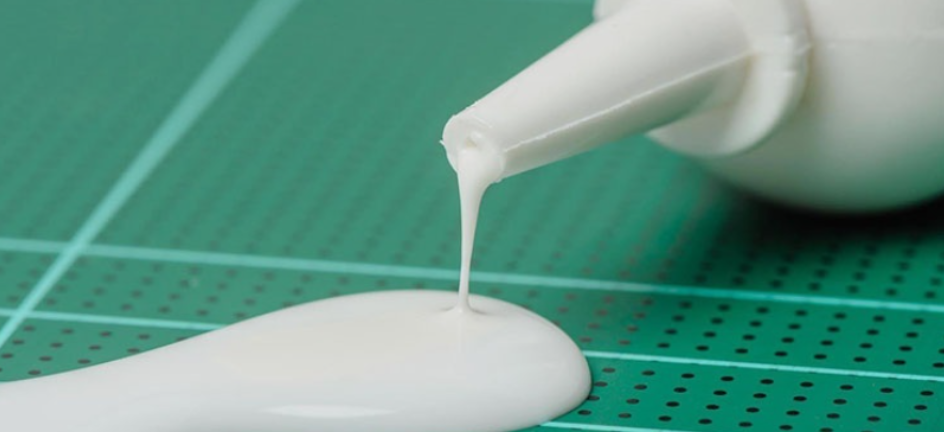October 27, 2024 – Adhesives: The Unsung Heroes in Construction and Decoration
In the construction and decoration industry, adhesives, often seen as ancillary materials, play a crucial role that cannot be overlooked. During actual decoration processes, a vast array of materials, including wallpaper, flooring, ceramics, and stone decorative materials, rely on adhesives for bonding and installation. Therefore, the choice of adhesive directly impacts the stability of the installation and the decorative effect of the finish.

Adhesives come with a multitude of performance indicators, each significantly influencing the bonding outcome. Firstly, workability pertains to the ease of bonding operations, encompassing the mixing, application, open time, and curing conditions of the adhesive. Multi-component adhesives require on-site mixing, chemical reaction-based adhesives have strict curing temperature requirements, and solvent-based adhesives need to be left to allow solvent evaporation before bonding. These operational details must be clarified when selecting an adhesive to ensure optimal bonding results.
Bond strength is a key indicator for measuring of the bond. Insufficient bond strength may lead to the detachment of bonded materials, affecting not only the decorative quality but also posing safety hazards. Therefore, a rigorous assessment of an adhesive’s bond strength is essential during selection.
Stability is also a vital performance indicator for adhesives, reflecting the strength changes of bonded specimens after immersion in specific media and temperature conditions. For bonding surface materials on floors, exterior walls, or in damp environments such as bathrooms and toilets, adhesives must possess good stability to ensure long-term performance.
Moreover, durability (or aging resistance) is equally important. Over time, the performance of the adhesive layer gradually degrades until it loses bond strength. Therefore, choosing an adhesive with excellent durability is crucial for ensuring the long-term effectiveness of the bond.
Temperature resistance, weather resistance, and chemical resistance are also indispensable performance indicators for adhesives. They reflect the changes in adhesive performance under different temperatures, climates, and chemical media. These external factors can alter the adhesive’s composition, reducing bond strength and even causing the adhesive layer to detach.
In addition to the aforementioned performance aspects, other factors must be considered when selecting an adhesive, such as the presence of irritating odors, toxicity, color, storage stability, shelf life, and price. For indoor use, adhesives should be free of irritating odors and toxicity; if odorous adhesives must be used, they should only be applied after the bonding layer is fully dry. Additionally, an adhesive with a similar or white color should be chosen based on the color of the bonded object to avoid color contamination of the finish. Furthermore, attention should be paid to the adhesive’s shelf life, as expired adhesives may significantly reduce actual bonding performance, thereby affecting the bonding effect.














